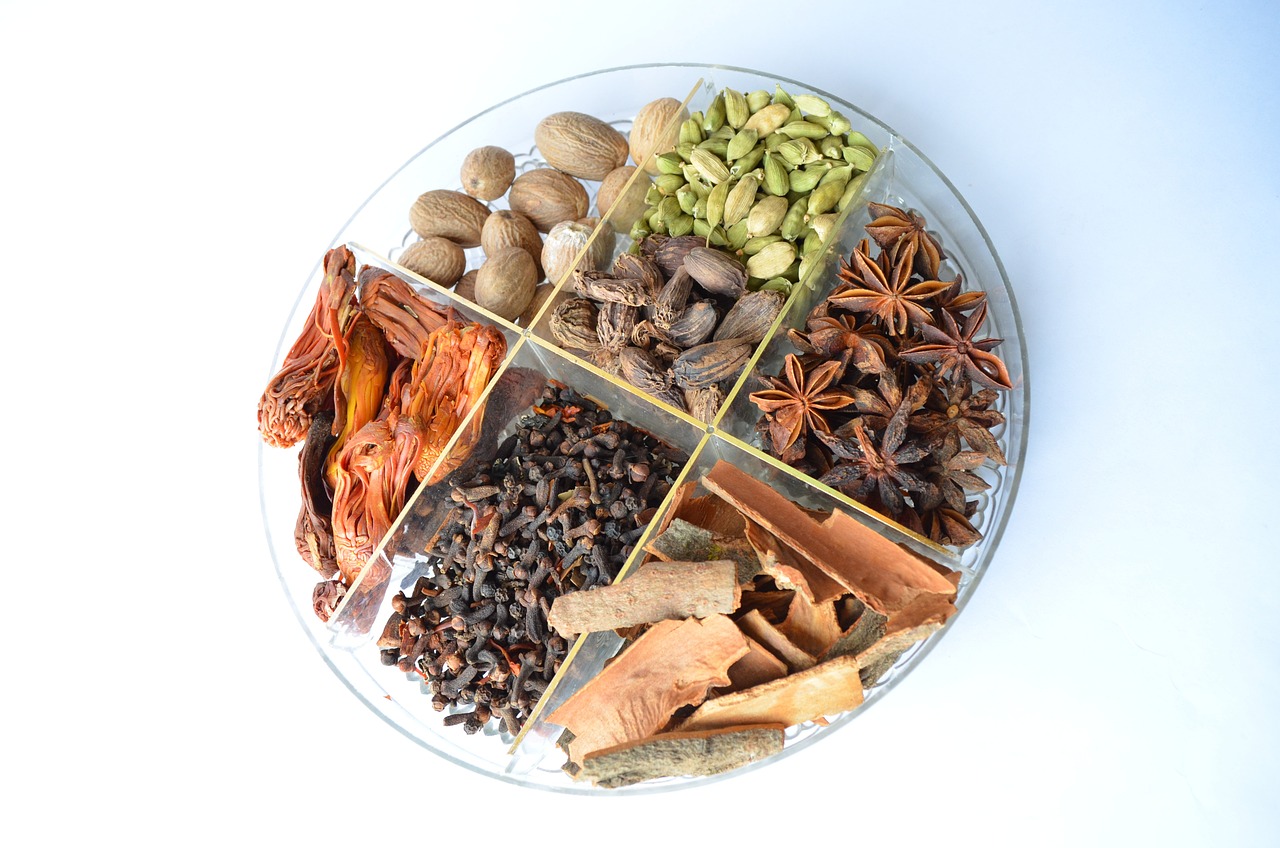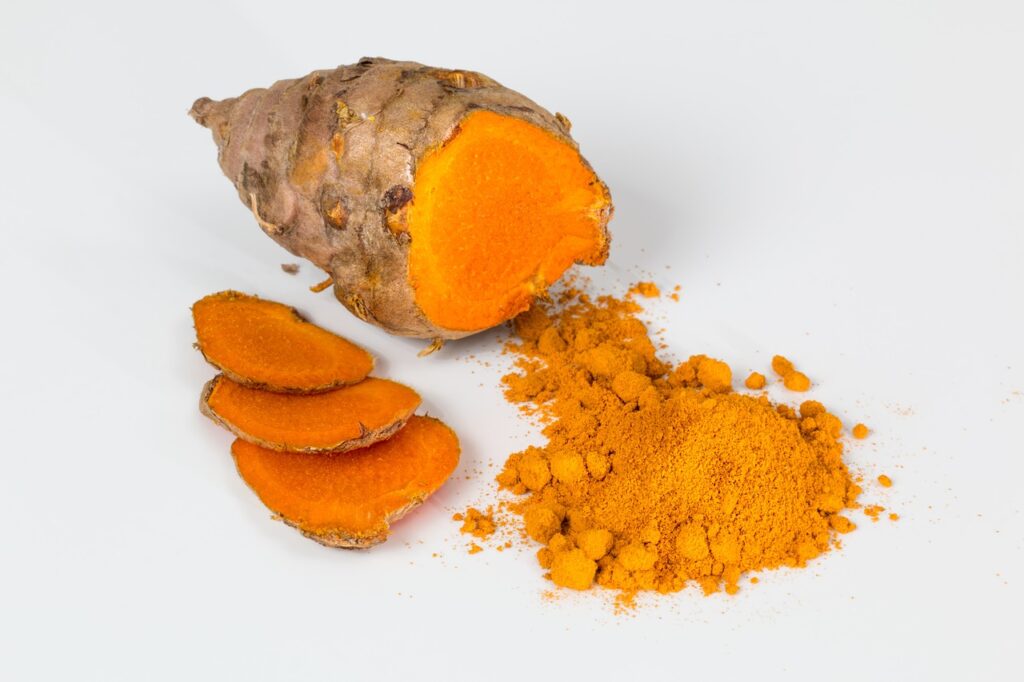If you’re a fan of Indian cuisine, you already know there’s nothing quite like this vibrant cuisine’s exotic flavors and aromas. Whether you’re tucking into a bowl of creamy butter chicken or savoring a flavorful biryani, there’s one thing that binds all these dishes together: Indian spices! But what are the most common Indian spices?
Indian cuisine boasts a rich history that’s just as flavorful as its meals. And at the heart of every dish are the aromatic spices that add unique tastes, colors, and fragrances to every bite. But, with so many spices to choose from, it can be hard to know where to start!
So today, we’re here to look at one delicious aspect of Indian eats: What Are the Most Common Indian Spices? Get ready to take your meal game to the next level!
Turmeric (Haldi)
Turmeric is one of the most commonly used spices in Indian cuisine, and it can transform any dish you add it to. From its bright yellow color to its earthy flavor, turmeric is a staple in Indian households. It has been used for centuries not just as a spice but also for medicinal purposes. It contains curcumin, which has potent anti-inflammatory and antioxidant properties that can help your body fight off diseases and improve overall health.
Not only is turmeric great for your health, but it’s also quite versatile in the kitchen. You can use it in almost any dish, from curries, soups, and stews to smoothies and even baked goods. Add it to your scrambled eggs or roasted veggies for a pop of flavor, or use it to make a delicious turmeric latte. The possibilities are endless, and once you start using turmeric, you’ll wonder why you ever cooked without it.
Cumin (Jeera)
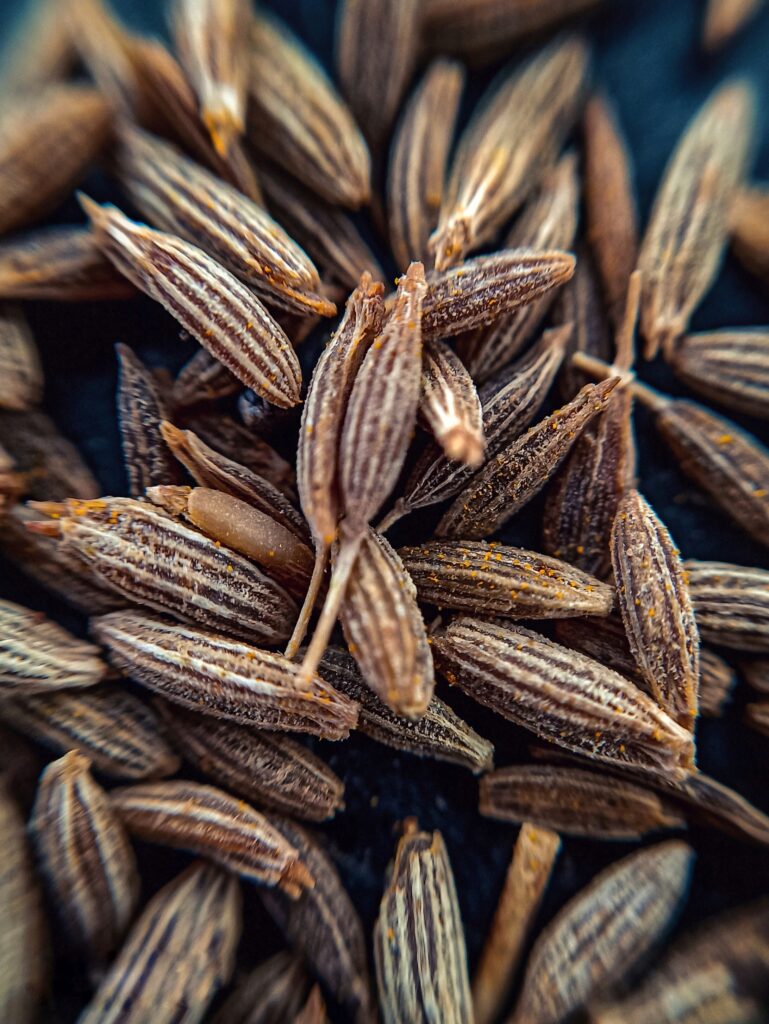
Cumin has been used for centuries in Indian cuisine, not only because of its incredible flavor but also for its health benefits. It’s an excellent source of iron, which is vital for keeping our energy levels up and preventing fatigue. Cumin seeds also aid in digestion and have anti-inflammatory properties, making them an excellent addition to any diet.
Cumin pairs well with various ingredients and spices, from curries and biryanis to masalas and soups. One of my favorite ways to use cumin is by roasting it with veggies like carrots, potatoes, and bell peppers. The result is a flavorful and healthy side dish that complements any meal.
Coriander Powder
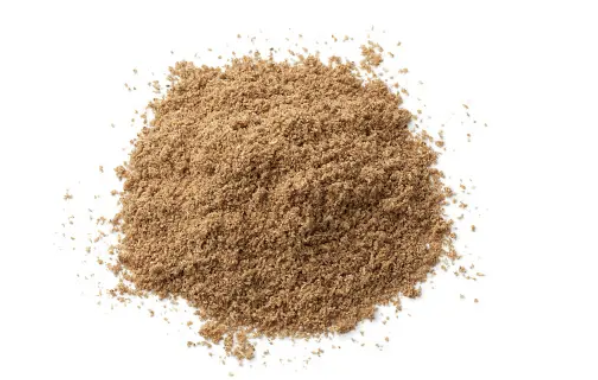
Coriander is an incredibly versatile spice that can add a unique and refreshing flavor to a wide range of dishes. The herb belongs to the parsley family and is primarily grown in warm, tropical regions. The leaves of the Dhaniya plant are widely used in Indian cuisine, while the seeds are used as a spice in various forms – whole, powdered, or roasted.
Apart from adding flavor to your meals, coriander is also known for its numerous health benefits. It is packed with antioxidants and a rich source of vitamins and minerals like vitamins C, K, calcium, and potassium. Consuming coriander is believed to aid digestion, lower cholesterol levels, and improve heart health.
Mustard Seeds
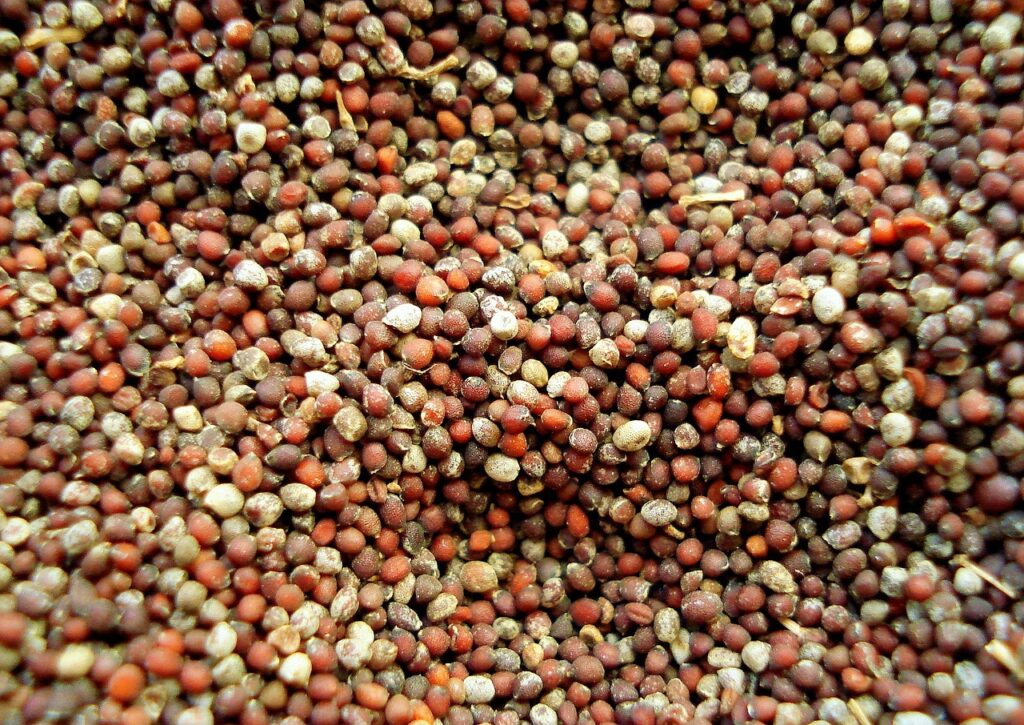
Mustard seeds come in various colors – from yellow to black – and can have varying levels of pungency. They are often used in Indian cooking for tempering dishes and adding depth to curries, pickles, and marinades. But besides their culinary uses, mustard seeds have been found to improve digestion, boost metabolism, and act as a natural pain reliever.
Black Cardamom
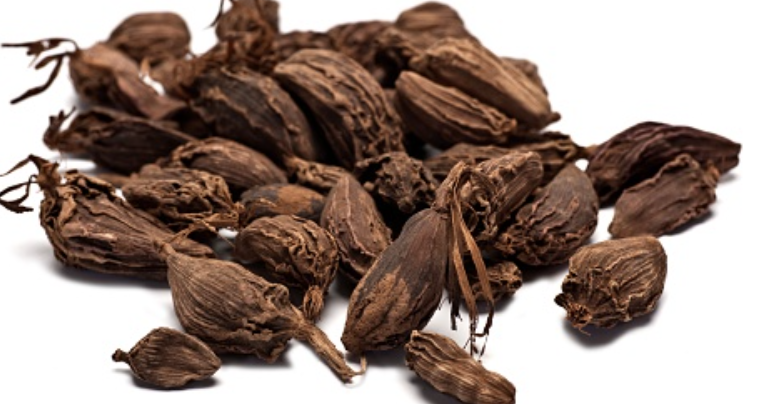
Black Cardamom has a distinct smoky flavor with a hint of mint and camphor. It is mainly used in savory dishes and pairs well with meat, beans, and lentils. In Indian cuisine, it is a key ingredient in biryanis, curries, and even some chai tea blends.
Besides enhancing your dishes’ flavor, it is also known for its health benefits. It is rich in antioxidants and has anti-inflammatory properties. It aids in digestion and helps regulate blood pressure and cholesterol levels.
Fun fact: Cardamom is one of the most expensive spices in the world, second only to saffron. So next time you add a pinch of cardamom to your dishes, remember that you’re adding a touch of luxury!
Cloves (Laung)
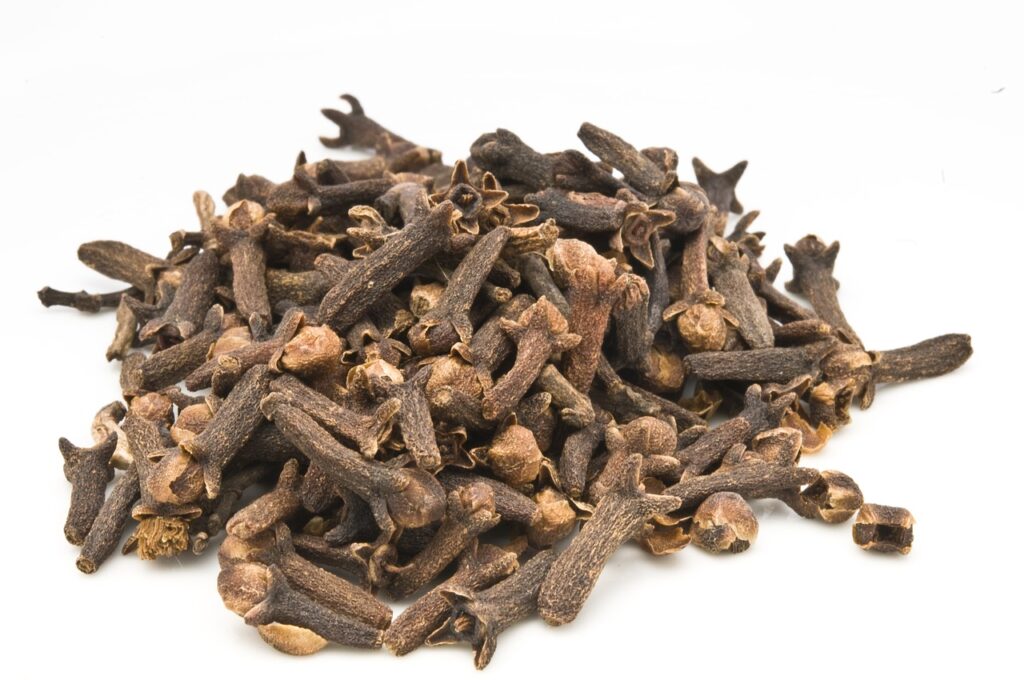
Have you ever heard of cloves? It’s one of the most common Indian spices that can instantly transform your meals! Cloves are actually flower buds that are harvested before they bloom. They are typically dried and used whole or ground as a spice.
Did you know that cloves are packed with health benefits too? They have anti-inflammatory properties that can help with toothaches and other oral health issues. Plus, they can improve digestion and even help with respiratory health!
When it comes to cooking, cloves add a warm and aromatic flavor to dishes like biryanis, curries, and even desserts like spiced apple pie. They pair well with other warm spices like cinnamon and nutmeg.
Fennel Seeds (Saunf)
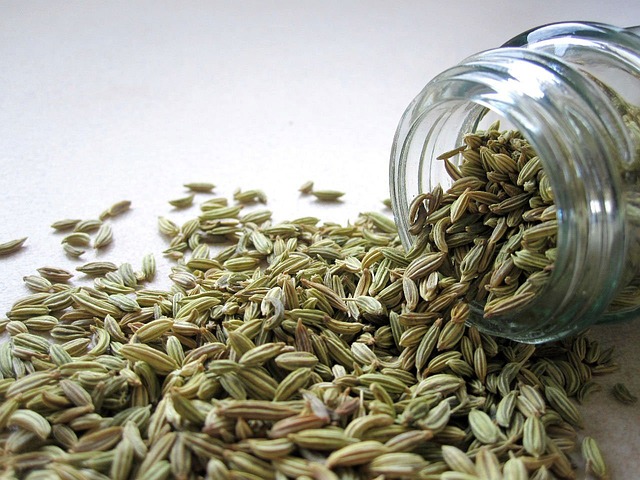
When it comes to cooking, fennel seeds are incredibly versatile. They can be used in both sweet and savory dishes and can be paired with a wide variety of ingredients. For example, in Indian cuisine, fennel seeds are often used to flavor curries, biryanis, and chutneys. Fennel seeds are commonly used in bread and sausage recipes in Mediterranean cuisine. And in desserts, fennel seeds can add a unique twist to cookies, cakes, and sweet pieces of bread.
Aside from its culinary uses, fennel seeds have been used for medicinal purposes for centuries. They are believed to have anti-inflammatory properties, which can help lower the risk of chronic diseases such as heart disease and cancer. Fennel seeds are also high in antioxidants, which can help protect the body against oxidative stress.
Red Chili Powder (Lal Mirch)
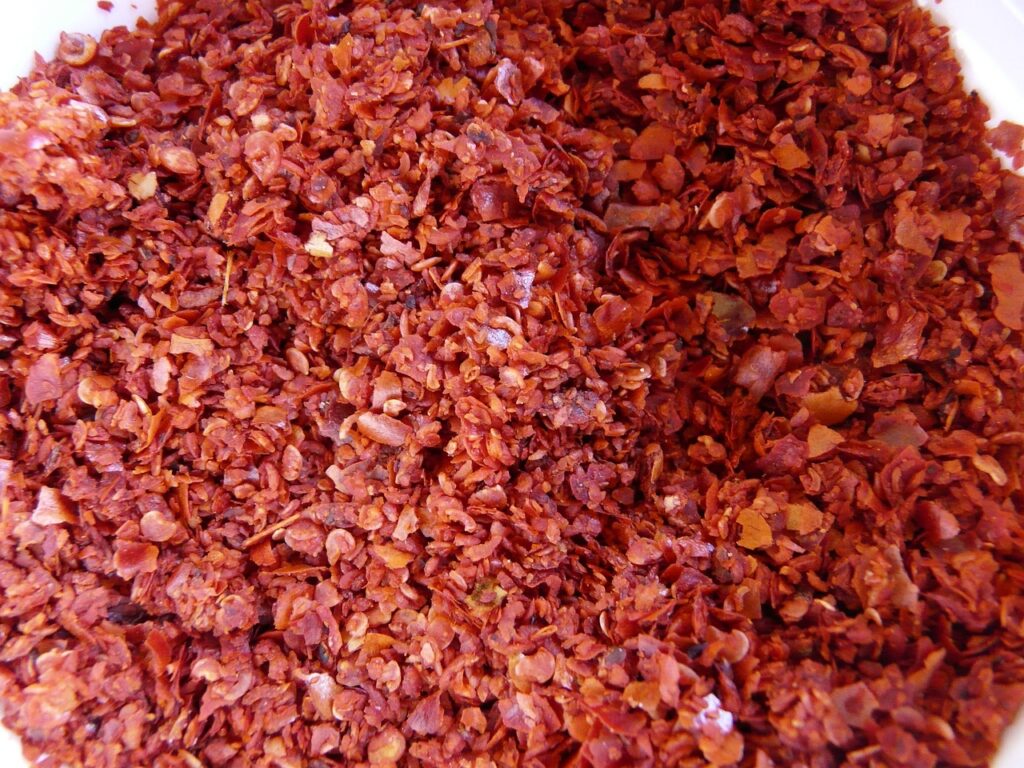
This spice is made from ground-dried red chili peppers and is known for its fiery flavor and vibrant color. It’s not just a spice; it’s an emotion!
Red Chili Powder is used extensively in Indian cuisine to add a little bit of heat and spiciness to curries, gravies, and chutneys. What makes this spice so unique is that it not only adds flavor to dishes but also has several health benefits. It contains capsaicin, which is known to boost metabolism and aid in digestion. It’s also rich in vitamins and minerals such as C, A, potassium, and iron.
Be sure to use this spice in moderation, as it can be quite potent and can easily overpower the dish. Store it in an airtight container away from light and moisture to keep its color and flavor intact.
Asafoetida (Hing)
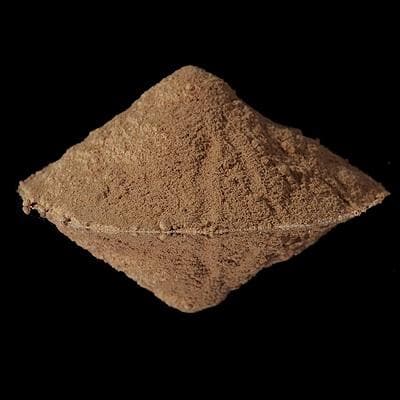
This Indian spice, also known as Hing, has been around for centuries and has been used in Indian cuisine for its unique and pungent flavor.
Asafoetida is derived from a gum resin with a strong aroma and flavor resembling garlic and onion. It is commonly used in vegetarian dishes as a substitute for onion and garlic, which some people avoid due to religious or dietary restrictions. This spice is also known for its digestion-enhancing properties and is often added to lentil and bean dishes to help reduce bloating and gas.
Fenugreek (Methi)
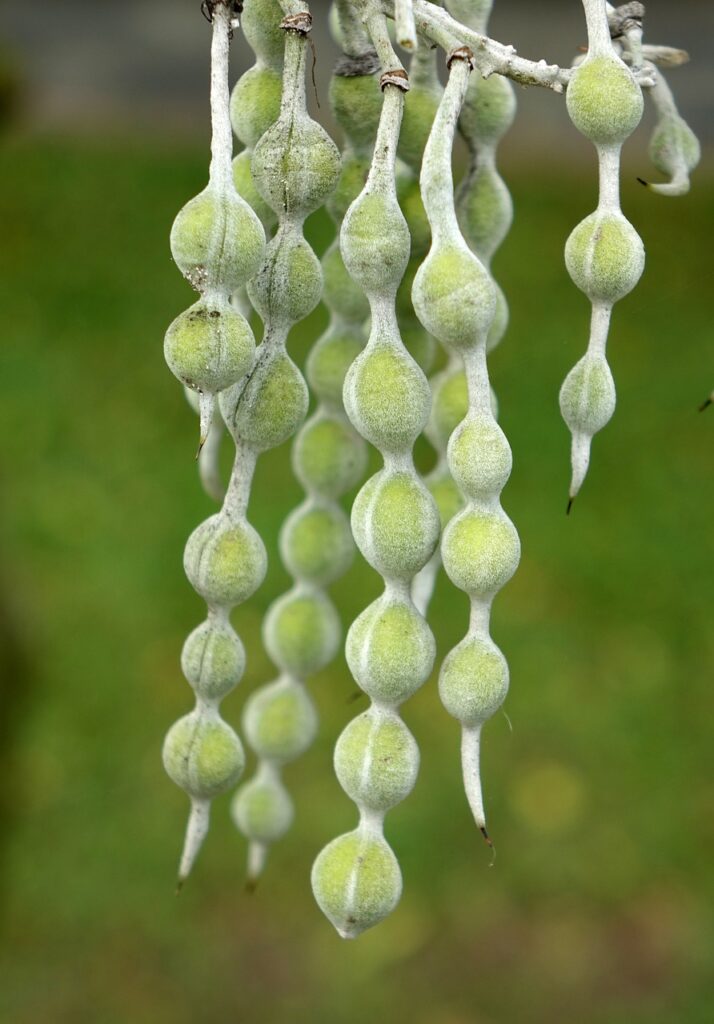
If you love exploring new flavors and experimenting with your dishes, you must add Fenugreek to your spice collection.
Fenugreek has been used in Indian cuisine for centuries and for a good reason. It has a unique nutty flavor that adds depth and complexity to any dish, whether it’s a curry, a sauce, or even a salad dressing.
One of the best things about Fenugreek is that it’s so versatile. You can use it in its whole form, as seeds, or ground into a powder. You can also roast the seeds or soak them in water, which changes the flavor and texture. Fenugreek seeds can be found in most grocery stores, and it’s actually quite affordable.
Garam Masala
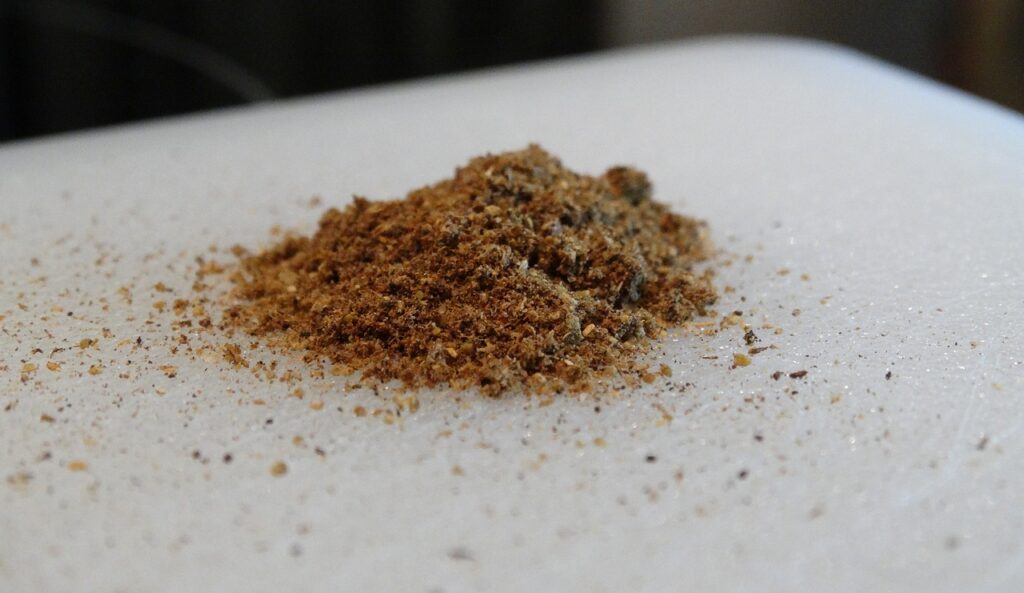
Garam Masala is a well-known Indian spice used in Indian kitchens for centuries. It is a blend of various spices that has a distinct aroma and flavor. It is made by roasting and grinding various spices like coriander seeds, cumin, cardamom, black peppercorns, cinnamon, and cloves. Many believe that the spice mix was created to help stimulate digestion in the body, given its combination of warming spices.
Garam Masala is an incredibly versatile spice mix that can enhance the flavor of many different dishes. It is commonly added to curries, soups, stews, and rice dishes. The spice mix gives food an intense and complex flavor and works well with both meat and vegetarian dishes. It can be added in small quantities to give a subtle flavor or in larger quantities to give a more intense flavor.
Black Pepper
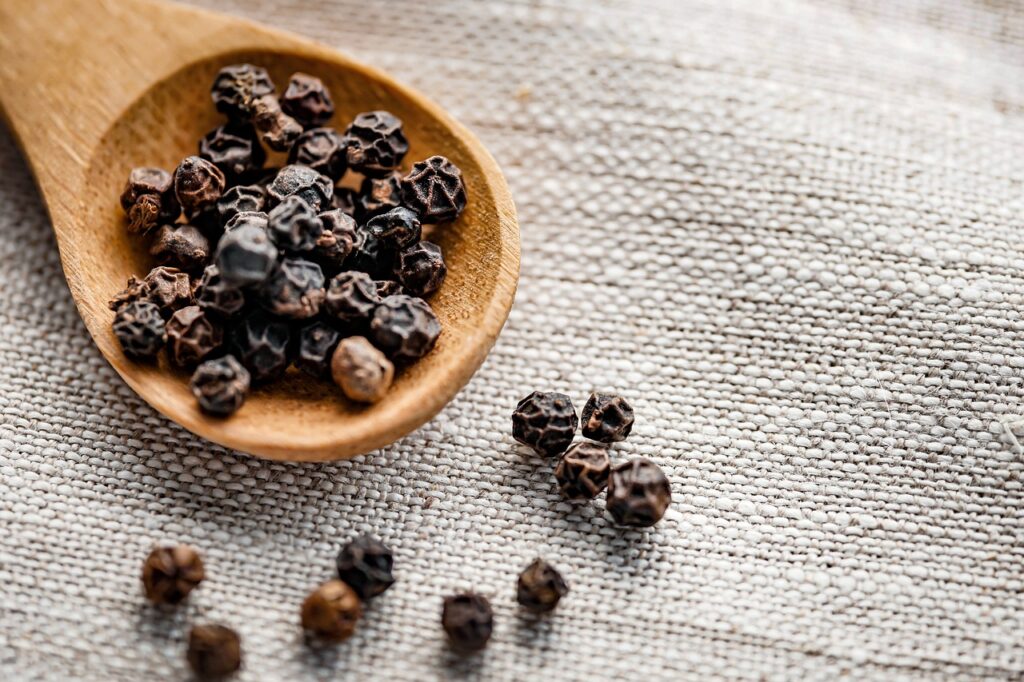
This humble spice is grown mainly in the tropical regions of India and has been a popular ingredient in cooking for centuries. Its pungent and slightly spicy flavor adds depth and complexity to dishes, and it’s almost impossible to imagine Indian cooking without it.
Black Pepper is not just a flavor enhancer; it also has many health benefits. It is known to aid digestion, reduce inflammation, and even help prevent certain types of cancer. In fact, its health benefits are so well known that it was dubbed “the King of Spices” in ancient times.
Green Cardamom
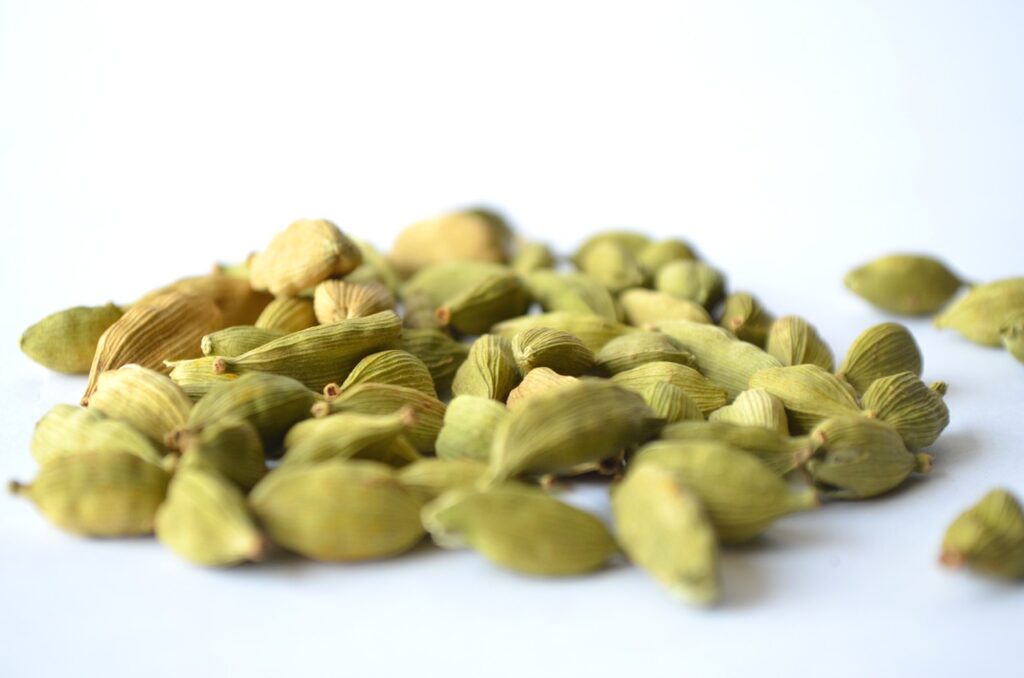
Green cardamom is one of the most versatile spices in Indian cuisine. It is widely popular for its unique and aromatic flavor that can completely transform any dish. From sweet to savory, the spice can enhance the taste and aroma of a wide variety of dishes, including desserts!
This spice is a rich source of essential oils containing compounds like cineole and terpinene that imparts a unique flavor profile and possesses various health benefits. It is a great digestive aid and can provide relief from gastrointestinal problems. Moreover, it’s also known to have anti-inflammatory and antispasmodic properties, making it an excellent natural remedy for respiratory ailments like colds and coughs.
Bay Leaves
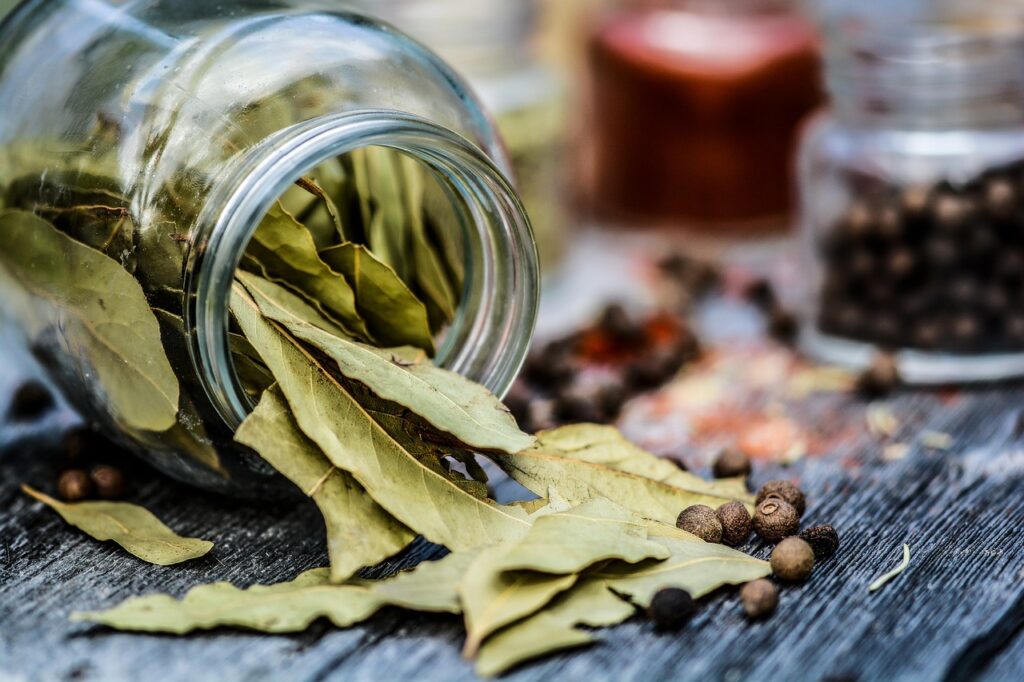
When it comes to spicing up your dishes, one of the most common Indian spices that you can use to transform your meals is bay leaves. These small, dried leaves are a staple in many Indian kitchens and can add a subtle yet irresistible flavor to your dishes.
It’s rich in vitamins A, C, iron, calcium, and magnesium. They also have antibacterial and anti-inflammatory properties, making them a great addition to your immune-boosting meals.
In Indian food, it’s commonly used in biryanis, curries, and stews, which add a slightly sweet and earthy flavor to your dishes. Remove the bay leaf before serving, as they are not meant to be eaten whole.
Star Anise
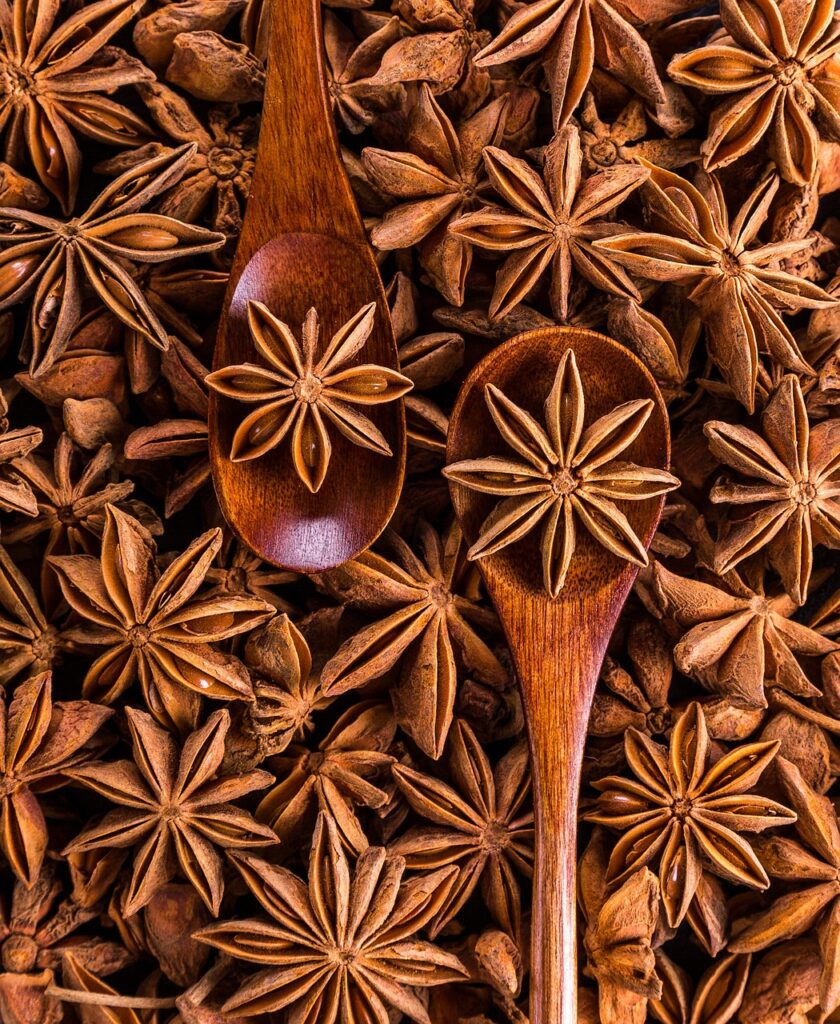
This spice is native to China and Vietnam but is also commonly found in India, where it’s used in various dishes. Typically, you’ll find it in biryanis, curries, and spiced tea, but it can be used in desserts like puddings and pies too.
It has a beautiful star-like shape with eight points, and once added to a dish, it imparts a sweet and licorice-like flavor. Moreover, it also has many health benefits, such as aiding digestion, boosting immunity, and reducing inflammation. It contains various antioxidants, vitamins, and minerals like calcium, phosphorus, and potassium.
To use it in your cooking, you can add it whole or ground. In order to release its full flavor, it’s best to dry roast it before grinding or adding it to your dish. It pairs well with other aromatic spices like cinnamon, cloves, and cardamom.
Frequently Asked Questions
Q: What are the other Indian spices not mentioned in this article?
A: Other spices commonly used in Indian cooking include dried fenugreek leaves, curry leaves, ginger powder, cinnamon sticks, and carom seeds. Each of these spices adds a unique flavor and aroma to dishes. They can be used individually or blended together for even more complex flavors.
Q: What Indian dishes can you make with the spices listed in this article?
A: With these spices, you can make all sorts of Indian dishes, such as curries, biryanis, and dals. You can also use them to add extra flavor to vegetables, lentils, and rice dishes. They pair well with potatoes, chickpeas, mushrooms, cauliflower, and okra.
Q: How can I store these spices?
A: In order to make sure that your spices retain their flavor and aroma, it’s best to store them in air-tight containers away from direct sunlight. It’s also recommended to buy small quantities of the spice to use up all of it before they expire. With proper storage, most spices will last for up to a year.
Q: What is dry mango powder used for?
A: It is a common ingredient in Indian cooking. It adds a tart and sour flavor to dishes. It can be used in curries, stews, and marinades for an extra zing of flavor. You can also add it to chutneys, salads, and yogurt-based dishes for added tang.
Q: Are poppy seeds and sesame seeds used in Indian cooking?
A: Yes, both are used in Indian cooking. They add a nutty flavor to dishes and can be roasted before adding them to enhance their flavor.
Q: Can I use all of these spices in the same dish?
A: You can use all of these spices in the same dish, but it is best to experiment and adjust the amounts until you get the flavor profile you want. It is important to note that some spices have stronger flavors than others, so adjust accordingly.
Final Words
Indian cuisine is truly a flavor adventure, and spices are the essential building blocks that bring every dish to life! If you’re new to cooking with these exotic seasonings, start with a simple blend like garam masala and experiment until you find your signature spice mix. Don’t be afraid to try new things, and don’t shy away from using these spices in unexpected ways. For example, cardamom pods in your morning coffee or a sprinkle of cumin on your roasted veggies can really add an extra layer of deliciousness to your meals. So get cooking and explore the world of Indian spices; your taste buds will thank you!

